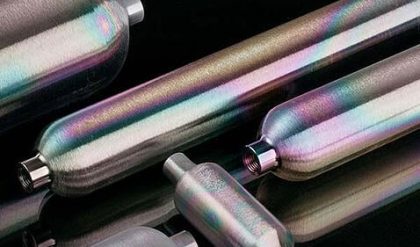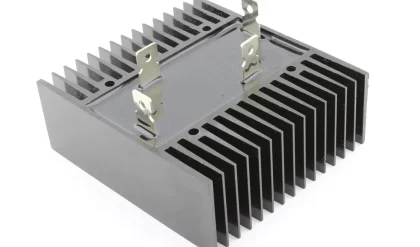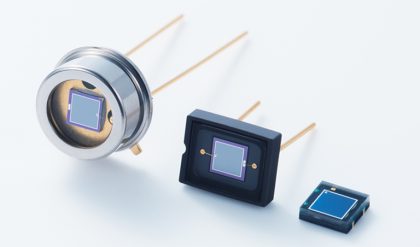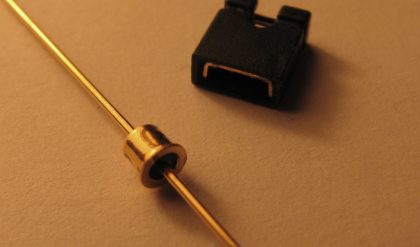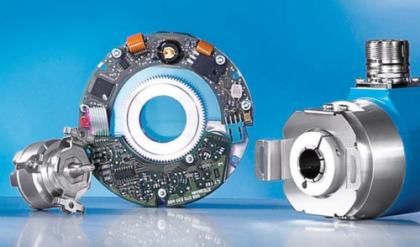1.Open Loop gain
Open loop gain is the gain of the Op Amp without a positive or negative feedback. An ideal OP Amp should have an infinite open loop gain but typically it range between 20,000 and 2, 00000.
2. Input impedance
It is the ratio of the input voltage to input current. It should be infinite without any leakage of current from the supply to the inputs. But there will be a few Pico ampere current leakages in most Op Amps.
3. Output impedance
The ideal Op Amp should have zero output impedance without any internal resistance. So that it can supply full current to the load connected to the output.
4. Band width
The ideal Op Amp should have an infinite frequency response so that it can amplify any frequency from DC signals to the highest AC frequencies. But most Op Amps have limited bandwidth.
5. Offset
The output of the Op Amp should be zero when the voltage difference between the inputs is zero. But in most Op Amps, the output will not be zero when off but there will be a minute voltage from it.
OPAMP Pin Configuration:

In a typical Op Amp there will be 8 pins. These are
Pin1 – Offset Null
Pin2 – Inverting input INV
Pin3 – Non inverting input Non-INV
Pin4 – Ground- Negative supply
Pin5 – Offset Null
Pin6 – Output
Pin7 – Positive supply
Pin8 – Strobe
types of gain in OPAMPs:
Voltage gain – Voltage in and voltage out
Current gain – Current in and Current out
Transconductance – Voltage in and Current out
Trans resistance – Current in and voltage out
Working of an Operational Amplifier:
Here we used an operational amplifier of LM358. Usually a non-inverting input has to be given to a biasing and the inverting input is the real amplifier; connected this to a feedback of 60k resister from output to the input. And a resister 10k is connected in series with a capacitor and a supply of 1V sine wave is given to the circuit, now we will see how gain will be governed by R2/R1=60k/10k=6 gain, then the output is 6V. If we change the gain by 40 then the output is 4V of sine wave.
